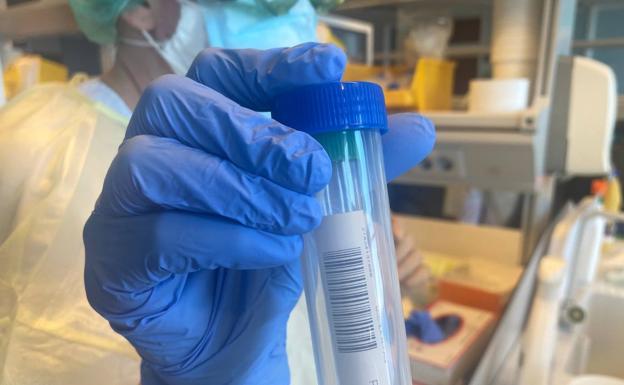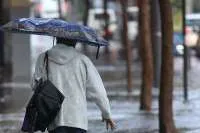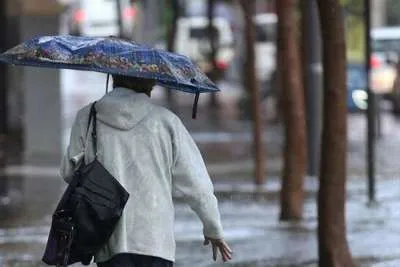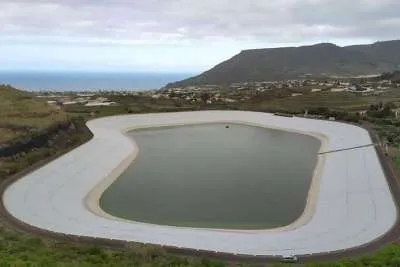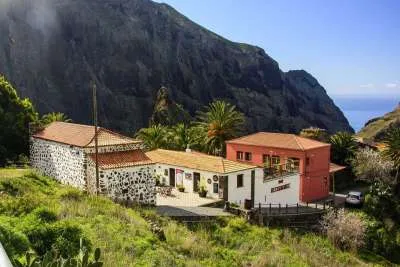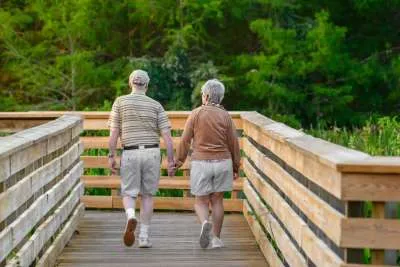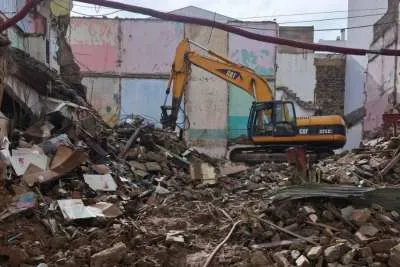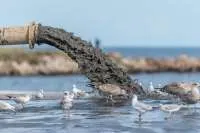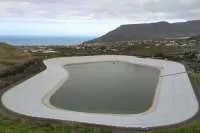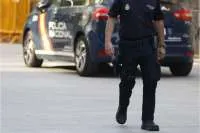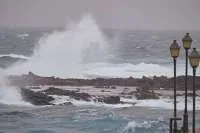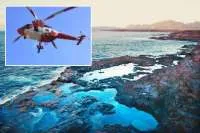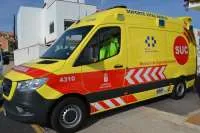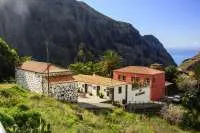Covid update: Contagions drop 40% in Lanzarote and 14% in Gran Canaria in the last week
- 07-02-2021
- National
- Canarian Weekly
According to the Ministry of Health, the epidemic in the Canary Islands reached its highest peak on January 28th, when 339 new cases were registered. Since then, daily infections have been declining gradually, and 189 new positives have been reported today.
This downward trend has been notably influenced by the stabilization of the pandemic in Gran Canaria and the remission of the virus in Lanzarote. In the last seven days, Gran Canaria has registered 876 new cases, which is 14% less than the week before, when 1,026 infections were recorded on the island.
In the case of Lanzarote, since January 31st, 337 people have been diagnosed, which represents a 38% drop compared to the infections reported between January 24th and 30th. Thus, the accumulated incidence rate in the Canary Islands over seven days (IA7) is now 65.62 compared to 95.50 the last Sunday.
Lanzarote now has an IA7 of 195.02, a rate that is still far from the maximum limit of 125 cases per 100,000 inhabitants that would allow it to lower the alert level from very high risk to level 3. In addition, the indicators of hospital pressure are very worrying on this island, where the percentage of occupancy of ICU beds by Covid patients is close to 50%, which represents a very high level of risk.
As for Gran Canaria, their IA7 is now 91.40 which is still 20 points above the indicator that would allow it to go from high to medium risk level, ie Level 2. In addition, the percentage of occupancy in ICUs with Covid-19 patients is close to 20%, a worrisome figure in epidemic terms that would prevent lowering the risk rating.
Pressure on hospitals is the one indicator that has evolved negatively in the Canary Islands, as a week ago the ICU beds in the archipelago were occupied by 14.9% by critical patients with Covid, which is now 17.4% in the last epidemic report.
In fact, according to today’s data, the ICUs of the Canarian hospitals have 76 Covid patients which is 11 more than last week, while another 321 are admitted to wards, 19 less than last week.
Gran Canaria again concentrated most of the 189 cases diagnosed today, with 109. Lanzarote added 39 positives, and Tenerife, another 34; La Palma 3; Fuerteventura 2; El Hierro 2; and La Gomera continues without any active cases of coronavirus since January 21st.
Data for Sunday 7th February 2021:
New cases:
Total: 189
Gran Canaria: 109 (57%)
Lanzarote: 39 (20%)
Tenerife: 34 (18%)
La Palma: 3
Fuerteventura: 2
El Hierro: 2
La Gomera: 0
Current Incidence rate (IA7):
Canary Islands: 65.62
El Hierro: 246.17
Lanzarote: 195.02
Gran Canaria: 91.40
Fuerteventura: 32.51
Tenerife: 27.56
La Palma: 24.19
La Gomera: 0.00
Current Incidence rate (IA14):
Canary Islands: 158.96
Lanzarote: 553.55
El Hierro: 401.17
Gran Canaria: 212.63
Fuerteventura: 83.84
Tenerife: 65.92
La Palma: 27.82
La Gomera: 0.00
General:
Covid patients in hospital: 321 (+1)
Covid patients in ICU: 76 (+2)
Home isolation: 6,948
PCR positive rate: 5.54% (needs to be below 5)
R number: 0.92 (needs to be below 1)
Deaths last 24 hours: 2
Gran Canaria: 1 (170)
Tenerife: 1 (332)
Total deaths: 543
Vaccination:
Total administered: 79,839
Two doses: 24,049
Medical Discharges in last 24 hours:
Total: 81
Lanzarote: 43
Gran Canaria: 34
Tenerife: 2
El Hierro: 1
La Palma: 1
Fuerteventura: 0
La Gomera: 0
Total Active cases per island:
Total: 7,345
Gran Canaria: 3,804 (+74)
Tenerife: 2,521 (+31)
Lanzarote: 839 (-4)
Fuerteventura: 119 (+2)
El Hierro: 41 (+1)
La Palma: 21 (+2)
La Gomera: 0 (-)
Municipalities with most active cases in each island:
3,438 in Las Palmas (Gran Canaria)
1,389 in Santa Cruz (Tenerife)
775 in Arrecife (Lanzarote)
547 in La Laguna (Tenerife)
128 in Granadilla de Abona (Tenerife)
119 in Arona (Tenerife)
95 in Adeje (Tenerife)
76 in San Bartolomé de Tirajana (Gran Canaria)
67 in Puerto del Rosario (Fuerteventura)
40 in Valverde (El Hierro)
26 in Puerto de La Cruz (Tenerife)
18 in Guia de Isora (Tenerife)
8 in San Miguel de Abona (Tenerife)
0 in San Sebastian (La Gomera)
Please note this is not all municipalities, it represents most infected and tourist areas.


